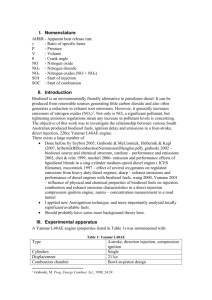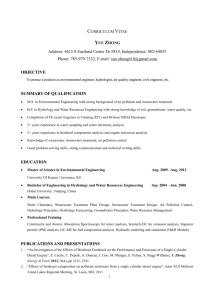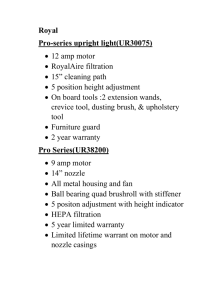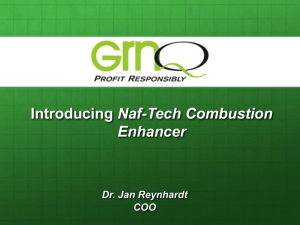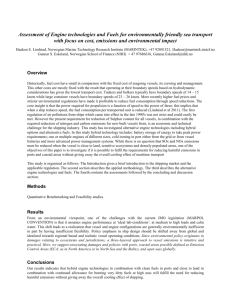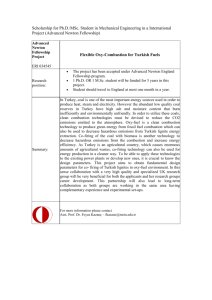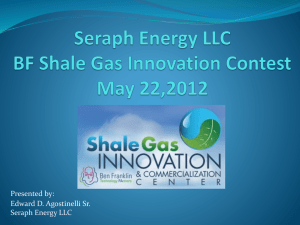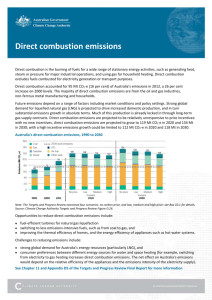assingment2
advertisement
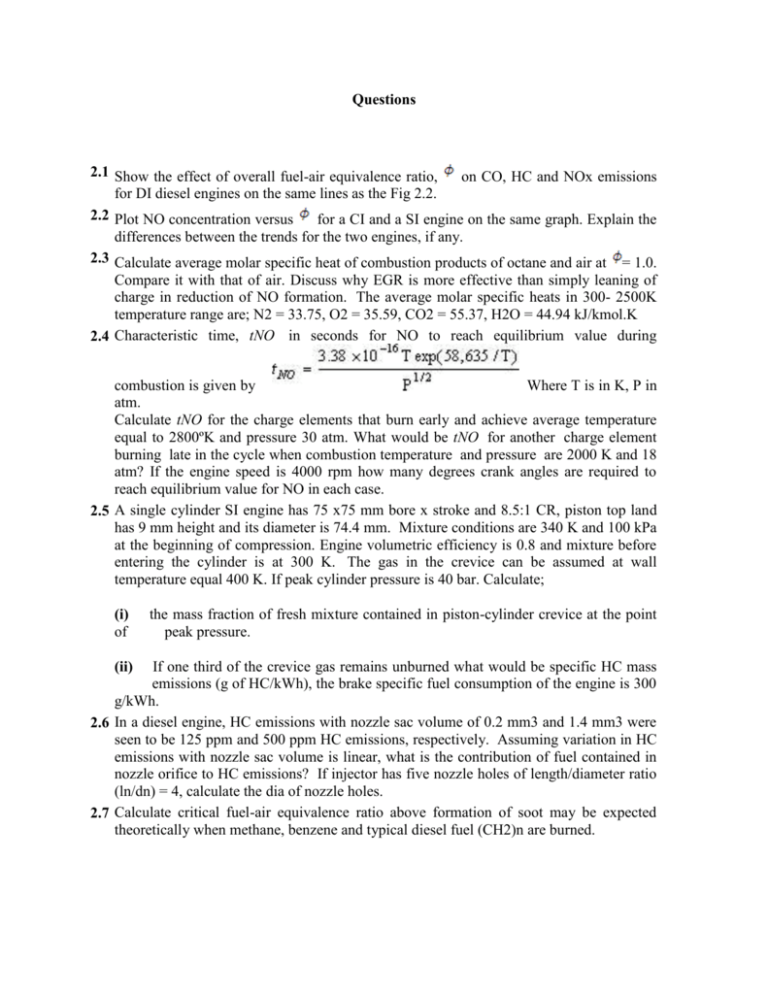
Questions 2.1 Show the effect of overall fuel-air equivalence ratio, on CO, HC and NOx emissions for DI diesel engines on the same lines as the Fig 2.2. 2.2 Plot NO concentration versus for a CI and a SI engine on the same graph. Explain the differences between the trends for the two engines, if any. 2.3 Calculate average molar specific heat of combustion products of octane and air at = 1.0. Compare it with that of air. Discuss why EGR is more effective than simply leaning of charge in reduction of NO formation. The average molar specific heats in 300- 2500K temperature range are; N2 = 33.75, O2 = 35.59, CO2 = 55.37, H2O = 44.94 kJ/kmol.K 2.4 Characteristic time, tNO in seconds for NO to reach equilibrium value during combustion is given by Where T is in K, P in atm. Calculate tNO for the charge elements that burn early and achieve average temperature equal to 2800ºK and pressure 30 atm. What would be tNO for another charge element burning late in the cycle when combustion temperature and pressure are 2000 K and 18 atm? If the engine speed is 4000 rpm how many degrees crank angles are required to reach equilibrium value for NO in each case. 2.5 A single cylinder SI engine has 75 x75 mm bore x stroke and 8.5:1 CR, piston top land has 9 mm height and its diameter is 74.4 mm. Mixture conditions are 340 K and 100 kPa at the beginning of compression. Engine volumetric efficiency is 0.8 and mixture before entering the cylinder is at 300 K. The gas in the crevice can be assumed at wall temperature equal 400 K. If peak cylinder pressure is 40 bar. Calculate; (i) of (ii) the mass fraction of fresh mixture contained in piston-cylinder crevice at the point peak pressure. If one third of the crevice gas remains unburned what would be specific HC mass emissions (g of HC/kWh), the brake specific fuel consumption of the engine is 300 g/kWh. 2.6 In a diesel engine, HC emissions with nozzle sac volume of 0.2 mm3 and 1.4 mm3 were seen to be 125 ppm and 500 ppm HC emissions, respectively. Assuming variation in HC emissions with nozzle sac volume is linear, what is the contribution of fuel contained in nozzle orifice to HC emissions? If injector has five nozzle holes of length/diameter ratio (ln/dn) = 4, calculate the dia of nozzle holes. 2.7 Calculate critical fuel-air equivalence ratio above formation of soot may be expected theoretically when methane, benzene and typical diesel fuel (CH2)n are burned.


